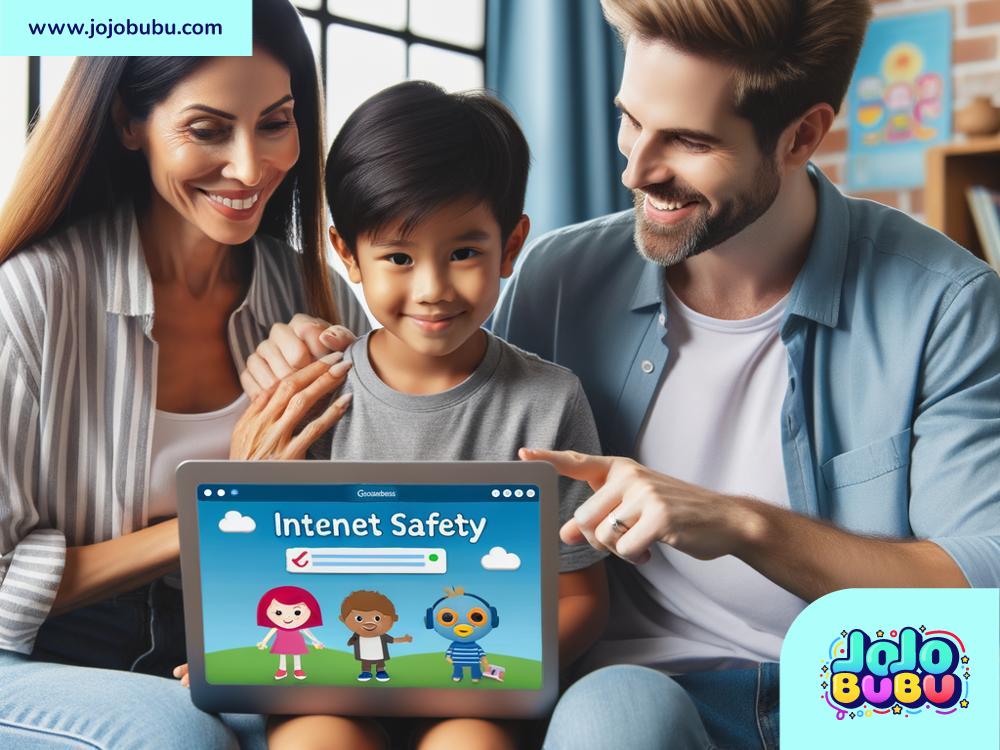Protecting Children Online: Tips for Keeping Kids Safe in the Digital World
In today's world, children spend a lot of time online. Whether they are playing games, watching videos, chatting with friends, or learning new things, the internet is a big part of their lives. While the internet is full of amazing opportunities, it can also be dangerous. As parents, teachers, and caregivers, it's our job to protect children and teach them how to stay safe in the digital world. Here’s a simple guide to help you keep kids safe online.
Why Protecting Children Online Matters
The internet is like a big city—there are friendly people, fun places, and a lot to learn. But just like in a city, there are bad people and risky situations. Children may not know how to spot online dangers, so they need guidance from trusted adults.
Some common risks for kids online include:
- Cyberbullying: Hurtful messages or comments from other kids.
- Inappropriate Content: Videos or images that may not be suitable for their age.
- Online Predators: Strangers trying to befriend kids for harmful reasons.
- Privacy Risks: Sharing personal information like their name, address, or school.
By being proactive, adults can help kids enjoy the internet while staying safe.
Set Clear Rules for Internet Use
Start by setting clear rules about what children can and cannot do online. You might decide how much time they can spend online each day or which websites they can visit. Here are some ideas:
- Screen Time Limits: Decide how long children can use devices each day. For example, one hour for games or fun, and extra time for schoolwork.
- Approved Websites and Apps: Make a list of safe websites or apps they can use. Platforms like YouTube Kids, Roblox, or PBS Kids have content designed for children, but even these should be used with supervision.
- Online Behavior Rules: Teach kids to be kind online and never share personal information. Let them know they should avoid chatting with strangers.
Creating family rules for internet use can prevent many problems before they start.
Use Parental Controls
Technology makes it easier for parents to monitor what children are doing online. Many devices and apps have "parental control" features. These tools allow adults to block inappropriate websites, limit screen time, or even track what children are doing on their devices.
You can use parental controls on:
- Smartphones: Many phones let you control apps and monitor usage.
- Tablets or Computers: Software like Microsoft Family Safety or Apple Screen Time helps parents manage children's browsing habits.
- Gaming Consoles: Most consoles like PlayStation or Xbox also have settings to block inappropriate games or chatter with strangers.
Parental controls are not perfect, but they are a great way to add an extra layer of safety.
Talk About Online Safety
One of the best ways to protect children online is to talk openly about internet safety. Kids need to understand the risks and learn how to handle them. Try using simple, easy-to-understand language when explaining these ideas. Some important topics to discuss are:
-
Privacy Matters: Teach kids not to share personal details like their full name, address, school name, or photos with strangers. Make it clear that only family or close friends should know these things.
-
Recognizing Bad Behavior: Help them understand when something feels wrong. For example, if someone online asks weird questions or sends strange messages, children should tell an adult immediately.
-
Being Kind Online: Teach kids to treat people online the way they’d treat them face-to-face. Explain why cyberbullying is harmful and encourage them to stand up for someone being bullied.
Remember, regular conversations about online safety can make children feel more comfortable coming to you if they ever face a problem.
Be Involved in Their Online World
Kids are often excited to show their parents the games they play, the videos they watch, or the apps they use. Take some time to explore their online world with them. Play their favorite games, watch their videos, or even let them teach you about their favorite apps. This builds trust and helps you stay informed about what they’re doing online.
By being involved, you can spot any risks early and guide your child toward safer choices.
Watch Out for Warning Signs
Sometimes, children might face problems online and not tell you. Watch for warning signs, such as:
- Spending too much time alone on their devices.
- Becoming upset, angry, or secretive after using the internet.
- Seeing a drop in school performance or changes in their mood.
If you notice these signs, ask them if something is bothering them. Let them know you’re there to help, not punish.
Teach Them to Ask for Help
Most importantly, let kids know they can always come to you if something happens online. Assure them that you won’t be angry or blame them. Instead, you’ll work together to fix the problem. Being approachable is key to protecting children online.
Conclusion
The internet is an incredible tool for learning, fun, and connecting with others. However, it’s important to create a safe space for children to explore it. By setting rules, using parental controls, talking openly, and staying involved, we can protect kids from online dangers while teaching them to use technology responsibly.
Protection is not just about blocking threats; it’s about empowering children to make smart choices. With your guidance, they’ll learn to navigate the internet safely and confidently. And that is the greatest gift you can give them in the digital age!

